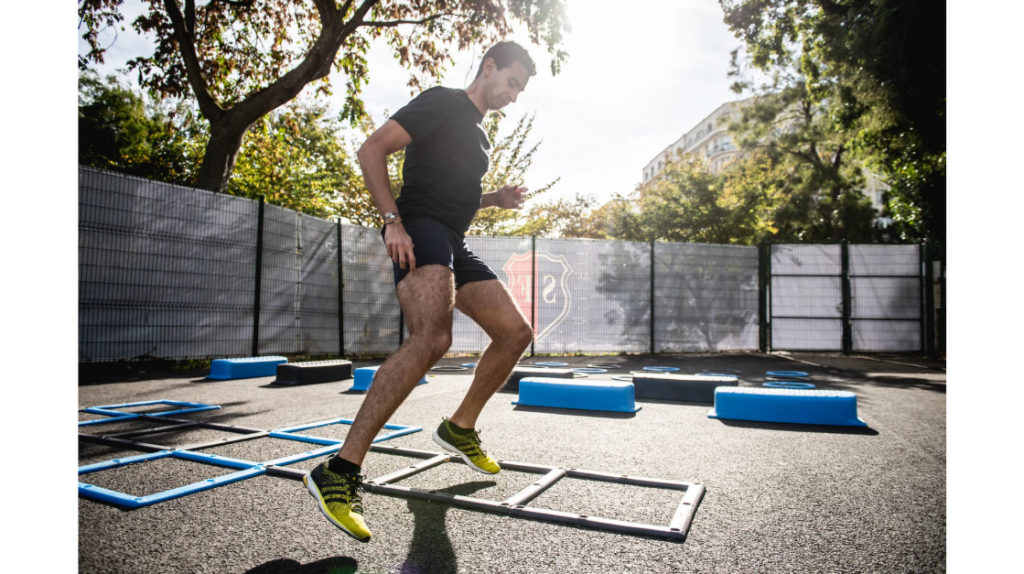Many people do not stretch while they weightlift, but stretching improves performance and flexibility and prevents injury. Proper stretching before lifting gets muscles warm and flexible for lifting heavy loads. Post-workout stretching helps with recovery, stiffness reduction, and long-term mobility.
You must know the differences between dynamic and static stretching to create an effective routine supporting weightlifting goals.
Pre-Workout Stretching: Preparing Your Muscles for Lifting
Warming up before lifting prevents injuries and improves performance. Cold muscles are at risk for strains, and increased blood circulation is important before handling weights.
Activating key muscle groups during dynamic stretching before training increases elasticity and reduces resistance to motion. Performing these pre-workout mobility exercises improves neuromuscular coordination for easier, controlled lifts:
- Arm Circles – Loosens shoulders and improves range of motion.
- Leg Swings – Enhances hip mobility for squats and deadlifts.
- Walking Lunges – Activates lower body muscles for strength training.
- High Knees – Boosts circulation and prepares the legs for heavy lifts.
- Spinal Rotations – Improves flexibility in the core and back.

When performed correctly, pre-lifting stretches also improve joint stability and reinforce proper movement patterns, setting the foundation for a stronger and safer workout.
Post-Workout Stretching: Recovery and Injury Prevention
Muscles tighten and contract during heavy lifting to increase the risk of stiffness and soreness. Static stretches after exercise help muscles relax and return to their resting length:
- Shoulder Stretch – Releases tension from pressing motions.
- Hip Flexor Stretch – Prevents tightness from heavy squats.
- Child’s Pose – Stretches the lower back and helps with relaxation.
- Stretch to open chest – Improves shoulder mobility and posture.
Holding poses post-workout increases blood circulation, which helps flush out metabolic wastes such as lactic acid and reduces muscle soreness.

Regular post-lifting stretching builds flexibility to prevent movement restrictions that could cause injury. Stretching after a workout also calms the nervous system and supports overall recovery by releasing tension and stress in sore muscles.
Additional Tips for Effective Stretching
Pre-workout stretches should be dynamic and movement-based, lasting 5-10 minutes, to gradually increase heart rate and muscle temperature.
Hold post-workout stretches for 20-30 seconds per muscle group and include deep breathing to relax muscles. Avoid excessive static stretching before lifting, as this can degrade muscle power output.
Mobilization drills improve flexibility and lifting mechanics for long-term strength and performance gains.

Frequently Asked Questions
How much should I stretch before and after weightlifting?
Stretching before a workout should take about 5-10 minutes and be mostly dynamic. Post-workout stretching should take 10-15 minutes, with each stretch lasting 20-30 seconds.
Will stretching help me lift heavy loads?
Stretching improves flexibility and mobility, which may increase the range of motion and lifting efficiency over time.
When should weightlifters stretch?
Stretch before and after workouts. Dedicated mobility sessions a few times a week also improve flexibility and performance.






